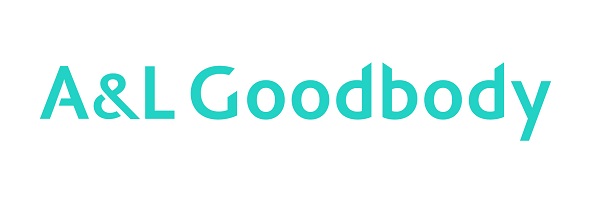The threshold is set to drop to employers with 150 or more employees in 2024 and to those with 50 or more employees in 2025.
In short, employers are required to examine the Gender Pay Gap in their organisation and the reasons for it and publish their findings. The findings must be published on the employer’s website in a manner that is accessible to all employees and the public. If the employer does not have a website, the findings must be available in physical form for inspection during normal business hours by employees and the public at the employer’s registered office or principal place of business. There are plans to launch an online reporting system. However, this platform has not come into being yet.
More than 500 companies disclosed their figures in 2022. The Central Statistics Office (CSO) figures show that the GPG in Ireland for 2022 was 9.6% i.e., the average male earned 9.6% more than the average female. The highest GPG was in the financial, insurance and real estate sectors at 24.7%. The lowest GPG was in the education sector at 2.7%. Interestingly, the CSO’s Gender Balance in Business Survey 2023 results show that senior executives and boards of directors are predominately male, with 75.4% males and 24.6% females at the helm. While the reasons for the GPG are nuanced, this may in part indicate that the reason for the national GPG is that far more men are in senior positions (and therefore better paid) than women, who often occupy more junior roles (and are less well paid).
Our "Top Tips"
There has certainly been a lot to learn from the 2022 GPG analysis. Below are some "top tips" for employers to follow:
- Ensure you know who is in scope: The Government’s FAQ document provides the most up to date government information. In short, all employees (as defined by the Employment Equality Act 1998) of an organisation on the snapshot date are in scope. This includes full time, part time and fixed-term employees. Independent contractors / consultants may need to be included in certain circumstances and tailored advice should be taken, when and where the question arises.
- Gather the data ahead of time: Employers are required to publish GPG information in December, based on a ‘snapshot’ date in June. Employers are advised to get to the heart of the reporting as soon as possible, if they have not already done so, to ensure they are well prepared in advance of next month’s deadline.
- Manage the narrative: The first year of GPG reporting has shown us how important it is for companies to get ahead of any potential media storm by publishing their GPG results in an open and transparent manner, and explaining the steps they plan to take, or any existing initiatives in place, to tackle the gap in their organisation. This is particularly important for employers operating in the sectors with the highest GPG referred to above.
- Stay Informed: There are further changes to come as a result of the EU’s new Pay Transparency Directive (the Directive) and employers are advised to stay informed in relation to upcoming developments. Early preparation for the implementation of the Directive in Ireland will be key. The Directive will extend the application of the GPG reporting regime to employers across the European Union and will broaden the scope of the requirements in countries, such as Ireland, where a GPG reporting regime is already in force. Employers will need to report the GPG:
(i) across the company as a whole and
(ii) within each category of workers who do the same work or work of equal value
In addition, employers will be required to carry out a pay assessment (i.e. an equal pay audit) if certain conditions are met. You can read more about the Directive in this briefing.
What's Next?
Over the coming years as the relevant thresholds drop, the GPG will become a live consideration for almost all employers operating in Ireland. This will lead to further transparency and will paint a full picture of the GPG in Ireland, thereby illuminating the areas where further work is needed.
As a result of the Directive, it is clear that the obligations on employers will become more onerous and reverberations will be felt across Ireland and the European Union over the coming years. Employers are advised to plan ahead at an early stage to mitigate against the challenges the new requirements will impose.
Please continue to monitor our Gender Pay Gap Hub where we will provide further updates, resources and guidance for employers.
By Kate Heneghan, Associate, Caoimhe Grogan, Solicitor






